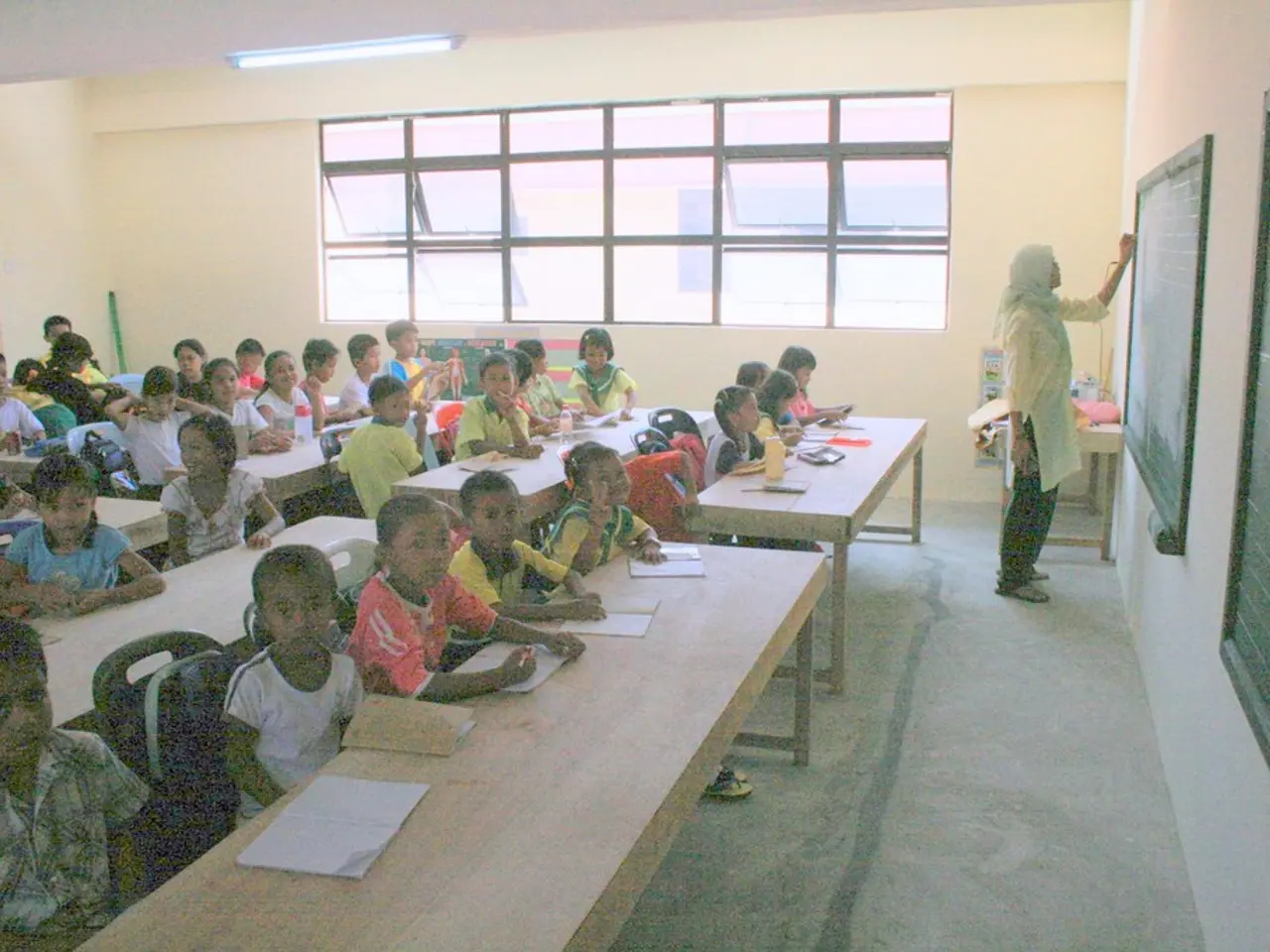Revitalizing Study Breaks: Infusing Amusement for Diligent Scholars
For students pursuing intensive academic programmes, such as an MLS degree, the pressure can be overwhelming. However, creative and fun study breaks can serve as effective stress busters, enhancing focus, retention, and academic success.
To maximise the benefits of these breaks, it's essential to incorporate short, frequent breaks that involve activities unrelated to studying. These breaks should be used as mental recovery periods and integrated with effective study techniques such as active recall and spaced repetition.
Key strategies include:
- Micro-breaks or brief, frequent breaks: Studies show that micro-breaks, such as those taken every 25-30 minutes, help sustain attention and improve quiz or test performance by managing cognitive load effectively.
- Fun, creative, and physically active break activities: Engaging in activities unrelated to the study material can boost creativity, problem-solving, and reduce physical fatigue from prolonged sitting. Social interactions during breaks can also reduce stress and improve mental well-being, supporting academic success.
- Planned enjoyable breaks: Anticipating and planning enjoyable breaks can act as motivational tools, helping students stay focused during study periods. Knowing a rewarding break is coming helps students stay engaged.
- Active recall during breaks: Combining breaks with active recall after returning to study strengthens memory consolidation and retention. Taking a moment to mentally retrieve information learned before the break can help reinforce learning.
- Spaced repetition: Applying spacing effects by distributing study across sessions interspersed with breaks enhances long-term retention better than marathon study sessions without breaks.
- Following established study techniques: Adopting structured study methods, like the Pomodoro method, which structures study around focused intervals followed by short breaks, can be beneficial.
Incorporating fun and diverse activities into study breaks can help conquer monotony and keep a student's mind fully charged with the rigours of academia. Discussing study material with peers in a relaxed setting can lead to new insights and reinforce retention. Integrating social interaction into study breaks can provide emotional lift and deepen understanding. A quick chat with a friend or family member can relieve stress and potentially lead to laughter, which is therapeutic. Group activities like board games or team sports can promote teamwork and strategy skills, instill camaraderie, and support among fellow students.
By balancing solitary pursuits with social interactions, students can rejuvenate their minds, foster creativity, and maintain motivation, ultimately leading to greater academic success. Whether taking breaks alone or with others, the key is to ensure they are brief, frequent, enjoyable, and mentally disengaging from the study material, paired with proven learning strategies like active recall and spacing. This approach leads to improved cognitive performance, better retention, reduced stress, and higher academic achievement.
Engaging in diverse and enjoyable activities during study breaks, such as group games or creative pursuits, can help combat monotony, foster creativity, and enhance academic performance. Additionally, incorporating education-and-self-development activities, like discussing study materials with peers or exploring new topics during these breaks, can lead to new insights, deeper understanding, and improved retention of the material.




